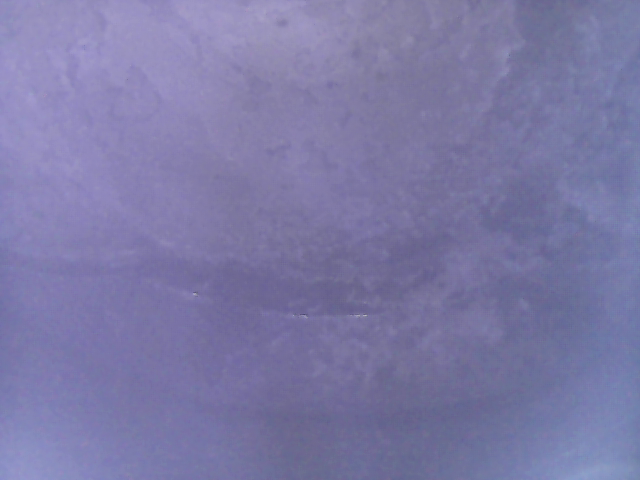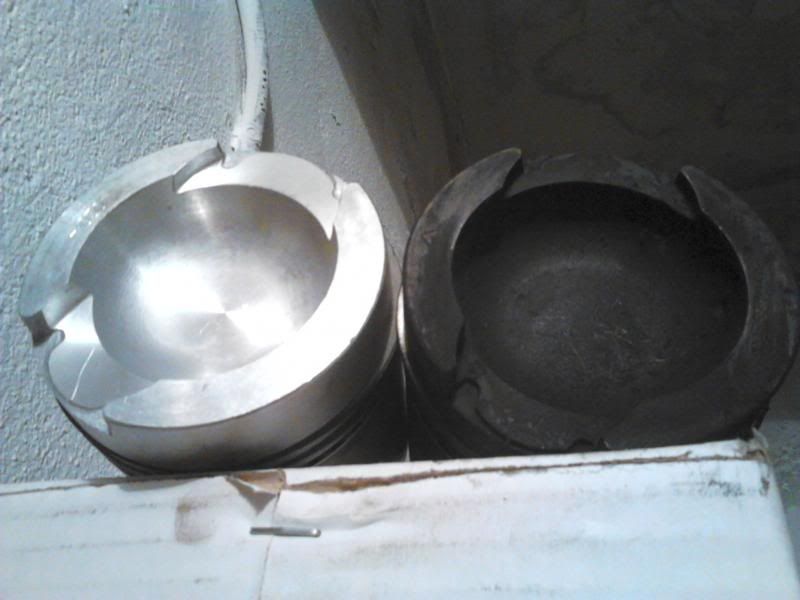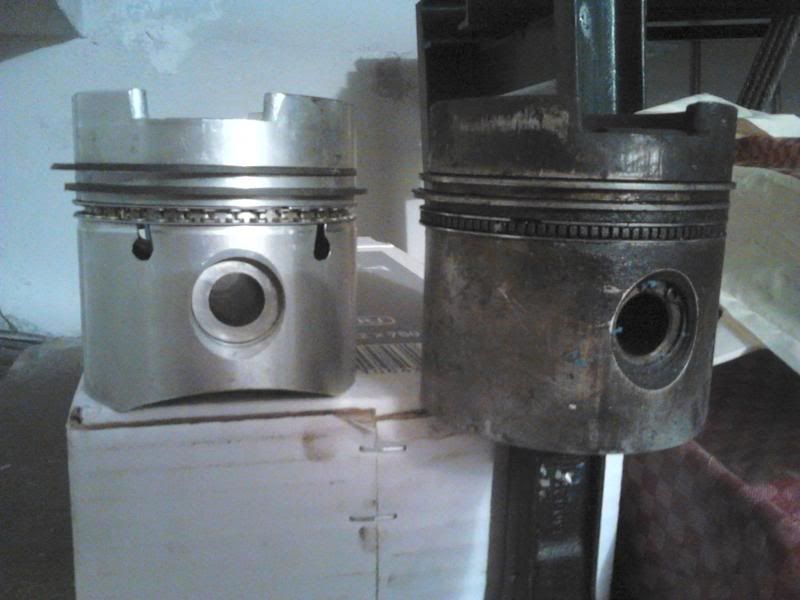Demetris
Well-Known Member
Is there any cunning way to tell apart the high and low compression TC engines, without removing the cylinder head?
The engine number (9:1) is just an indication that contradicts with i 've been told (10:1) by the seller of the already rebuilt engine.
After more than 80 K miles in my car it still runs fine (touching wood now...) with minimal oil consumption but i am having doubts wether i am running it with the correct distributor and ignition timing. With the ignition timing set at what seems to be 10 deg BTDC and high octane fuel runs fine and efficiently but it is hard to
start from cold as it is typical with overadvanced engines. With the timing set at the nominaly correct 6 deg BTDC there are no starting problems, but on the road it appears that it would go better with some more advance.
The engine number (9:1) is just an indication that contradicts with i 've been told (10:1) by the seller of the already rebuilt engine.
After more than 80 K miles in my car it still runs fine (touching wood now...) with minimal oil consumption but i am having doubts wether i am running it with the correct distributor and ignition timing. With the ignition timing set at what seems to be 10 deg BTDC and high octane fuel runs fine and efficiently but it is hard to
start from cold as it is typical with overadvanced engines. With the timing set at the nominaly correct 6 deg BTDC there are no starting problems, but on the road it appears that it would go better with some more advance.





